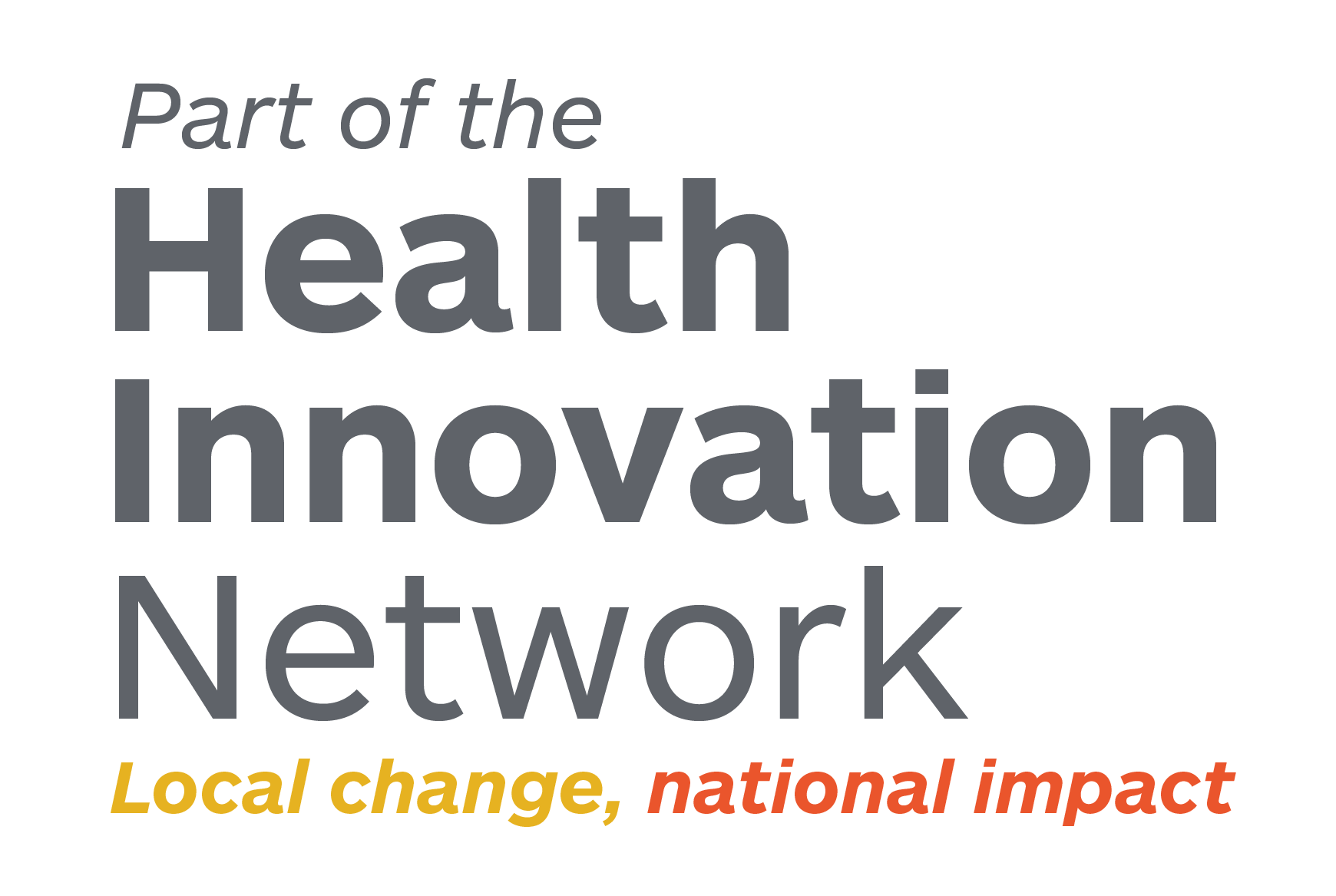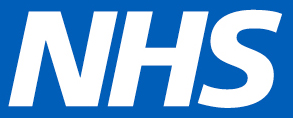Lars Sundstrom, our Innovation and Growth Director reflects on the role of academia in encouraging innovation and experimentation, and the importance of this to AHSNs.
Last month we had our first get together as an AHSN Network. Around 200 fellow AHSNers, most of them considerably younger and much more energetic than me, got together to celebrate how fast and far we have come in our first five years. Bright eyed, bushy tailed and ready for the next challenge, how can an old-timer like me not be inspired by the next generation and their appetite for the future?
When I was a university professor, I always felt the best antidote to feeling blue or if things got a bit bogged down was to find some students and talk to them. You quickly realised that the world is driven by hope and belief in the art of the possible, but that over the years you accumulate fear and restraint to the extent that you focus more on the art of the impossible.
Anyway, at the AHSN gathering I felt like a milestone had been achieved, not just because we entered another five year licence, but because it completes a personal journey from invention to innovation that I have been on for the past 30 or so years.
Bench to bedside
As you have probably guessed, the path that led me into the AHSN was not via the NHS but through academia. I spent most of my career in translational medicine doing drug discovery and development both in universities and in industry. I tell the youngsters in the team that back in them olden days when I was young we didn’t have a word for translational medicine, and we didn’t even know how to do it. I tell them we didn’t have phase one, phase two and phase three clinical trials; we just gave people pills or injected them with stuff and saw what happened.
“No way man – how could you do something like that? That can’t have been safe!” Well it wasn’t, I say, but what else could we do? Somebody had to be brave enough to be the first!
Translational medicine was the buzz word at that time and the term ‘bench to bedside’ is often used to describe it. So what brought me to the AHSN was the next logical phase – to scale up. Perhaps we could say bedside to bedsides. I was also attracted by a new buzz word ‘innovation’, which I believe is probably the most important word to ever impact the NHS, and I’ll explain why shortly.
So back to the AHSN conference. After reminding people how AHSNs came into being five or six years ago, the speaker asked, “Hands up how many of you were around when it all started?” Apart from me, a few hands went up. She described the amazing progress made and we looked into the future and it felt great – except a bit of me felt that as the endeavour grows, that original pioneering spirit of adventure was slowly slipping away a little; that leap into the dark, that fear of the unknown. It all felt a little too safe, a bit too much like the NHS.
In the coffee break I bumped into my colleague and friend Tony. “What did you think of that then?” I asked. “It was great”, he said, “but I guess I’m still trying to figure out when it was that I joined the NHS?” “Yeah,” I said, “it feels a bit more like we’re in the NHSN rather than the AHSN.”
The conference concluded with a fabulous talk by Michael Seres, a patient entrepreneur and someone I have admired for many years. We once ran a conference on what it’s like to be an entrepreneur and inventor developing products for your own health issues – a ‘chief patient officer’ as Michael describes it. His message to us was clear: “Dare to be brave.” What’s great about people who have come to this journey by misfortune in life is their spirit of adventure. It feels like they have nothing to lose and everything to gain, so they just hurl themselves into the unknown with unswerving devotion and energy.
People like Michael, Kevin Mashford, David Constantine are amazing – people who dare to be brave and innovate against all odds are the ones who will change the world.
What is innovation?
So back to innovation, this new buzz word. What is it? Well, like translational medicine in the olden days, we actually don’t really know how to do it healthcare. In 10-20 years’ time I will be able to tell you. I can tell you what it isn’t though. It isn’t about continuous improvement; it is about doing something that hasn’t been done before. Therefore it is also not 100% safe. I could write a blog on just that but in the meantime have a look at this excellent blog post by Alex Ryan and Jerry Koh on the subject.
I strongly believe, as I have said many times before, without innovation the NHS will not transform and will not be sustainable and it won’t survive. But like translational medicine back in the day, if we don’t try and we don’t fail, we will never learn and it will never be safe. So my message to the young AHSNers is: dare to be brave, learn from failures and then improve it, and it will become safe.
In the questions and answer section, I asked the chief officers where they would like us to be in five years’ time. Charlie Davie, Managing Director of UCL Partners, gave a great answer. He said, “I want the NHS to be known for being the best place in the world to do innovation, and in future the Americans come over here to learn, instead of us going over there to learn how to do improvement.”
As an academic, I know that all improvement and impact starts with experimentation. So I say, let’s keep the A in AHSN – where it stands for Adventurous, Ambitious and Audacious. If we see ourselves just as a safe distribution channel for innovation into the NHS we will have become NHSNs, and from there it is a small step to becoming the NHS and we will have failed to change anything.
So let’s dare to be brave, keep the academic mentality in the AHSN, and keep in mind the words of George Bernard Shaw:
“There are those that look at things the way they are, and ask why? I dream of things that never were, and ask why not?”



